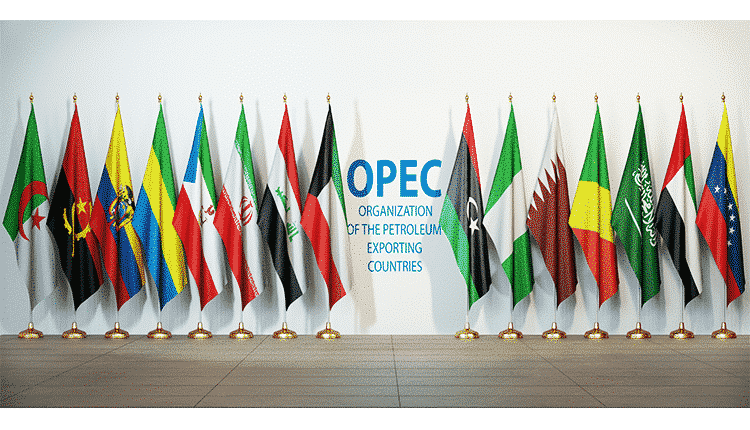
Oil down- OPEC+
On Monday morning, oil prices plummeted more than 1% in Asia. Investors are still digesting the Organization of Petroleum Exporting Countries and Allies (OPEC+) deal to increase output reached over the weekend.
Brent oil
Brent oil futures slid 1.16 per cent to $72.74 at 11:41 p.m. ET (3:41 a.m. GMT) after plunging over 3% the previous week. After rolling over to the September 21 contract on July 18, WTI futures fell 1.17 per cent to $70.72.
According to the accord signed on Sunday, the cartel would add 400,000 barrels per day every month beginning in August 2021 until all output halted due to COVID-19 is restored. The deal also establishes higher baselines against which Saudi Arabia, the United Arab Emirates (UAE), Iraq, Kuwait, and Russia’s output reduction will measure beginning in May 2022.
Investors
Investors heaved a sigh of relief when the issue between Saudi Arabia and the UAE has resolved. The issue had caused the previous OPEC+ meeting to finish without a deal. Other long-standing concerns that threatened the cartel’s unity settled. This arrangement should reassure market participants that the group is not on the verge of a messy separation and will not be opening the production floodgates anytime soon.
The market also averted a price war such as the one between Saudi Arabia and Russia, which caused the black liquid to fall into negative territory in April 2020.
Investors are looking forward to Iran’s first crude shipment from outside the Persian Gulf and across the Strait of Hormuz on the supply side. According to Vahid Maleki, director of the Jask Oil Terminal, the shipment will depart from Jask in Oman.
Opec +
On Sunday, OPEC+ ministers decided to raise oil production beginning in August to temper prices. That have reached their highest level in more than two years as the global economy rebounds from the COVID-19 pandemic.
Goldman Sachs (NYSE: GS) said it remained bullish on the oil market. The deal was consistent with its view that producers should focus on keeping a tight physical market while guiding for higher future capacity and disincentivizing rival investments. Last year, OPEC+ slashed output by a record 10 million barrels per day (BPD). In response to the pandemic’s evaporation of demand, it resulted in a price drop, with US oil futures going into negative territory at one point.
OPEC+ producers have increasingly reduced output restrictions, which presently stand at roughly 5.8 million BPD. Even with increased output, the market remains somewhat constrained, According to ANZ Research. High-frequency data points to good news for oil, with gasoline demand in the United States recently reaching a record high. That should shorten the selling period.
-
Support
-
Platform
-
Spread
-
Trading Instrument




